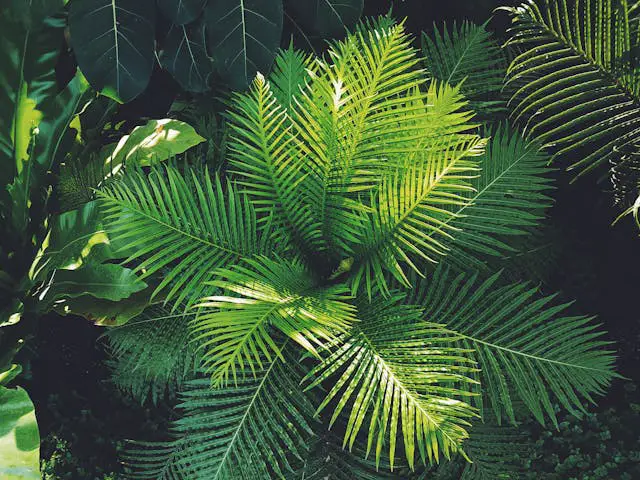Drought-tolerant plants are native to hot, dry regions like the Mediterranean and Australia, where they can endure extended hot spells without precipitation. Most grow best in full sun, with their roots in well-drained soil or in gravel beds that have been supplemented with compost that doesn’t include peat. They make sure borders are a floriferous display of color and aroma all summer long, without the need for watering, even as our environment changes.

Flowers resistant to drought that provide color
Poppy plants are very drought-tolerant and you can never have too many of them, particularly if you prefer bright colors. Most of them like well-drained, sun-baked soil, while others may tolerate growing in shingle. Eschscholzia californica ‘Orange King’ blooms in fiery orange, whereas Papaver rhoeas ‘Paradise’ and Papaver commutatum ‘Ladybird’ have fiery red blossoms. Directly sow them in April.
Potentilla ‘Gibson’s Scarlet,’ a wonderful perennial for the front of the border that can be planted in the fall or spring, and Linum grandiflorum ‘Rubrum,’ an easy annual flax that can be seeded directly in April, are both intensely red in the summer. Plant pockets of the long-stemmed blood pink, Dianthus cruentus, for deeper red tones at any time of year. It produces clusters of crimson blooms in early summer that float above the grassy leaves and look amazing growing over gravel.
Hot pinks (particularly Lychnis coronaria, a wonderful short-lived perennial with downy silver foliage), blues (such as the larkspur Delphinium grandiflorum ‘Blue Butterfly,’ which can be grown from seed in autumn or spring), and lime greens (like the low-growing perennial Euphorbia myrsinites) are good color foils for red. For a vibrant display of color throughout even the hottest and driest summers, plant them all at once.
Gems for structure and effect during a drought
Impressive size or form of drought-tolerant plants may serve as highlights to unify a planting strategy or just provide drama and character. One of the nicest is the biennial mullein (Verbascum bombyciferum or V. olympicum), which grows from a rosette of fuzzy gray leaves to produce 1- to 2-meter candelabra of sulphur-yellow blooms. One of the greatest varieties is ‘Christo’s Yellow Lightning,’ named by the late gardener Christopher Lloyd after an elderly (and rather sluggish) donkey named Lightning. Plant them now so they will self-sow the next year and have blossoms.
The cardoon (Cynara cardunculus) is another great triffid for low-rainfall or no-water borders. It may be planted in the fall or spring and grows large, thistle-like purple flower clusters atop a 2 to 2.5-meter silver leaf plume. The fennels have similar impact: gigantic fennel (Ferula communis) that may produce a 3-meter tower of sunshine-yellow umbels, and bronze variants (like Foeniculum vulgare ‘Smoky’) with lacy copper leaves.

Alliums – from the football-sized Allium schubertii, which looks like an exploding firework at the front of the border, to the 2-metre leggy ‘Summer Drummer’ – are a great choice for creating architectural spheres of flowers. Globe thistles, including Echinops ritro, which can be planted in autumn or spring, send up a sea of electric-blue golfballs. Phlomoides tuberosa (syn. Phlomis tuberosa) ‘Amazone’ is another oddity that is rather lovely. It grows in the ground in the fall or spring and has clusters of lilac-pink flowers spaced along 1.5-meter tall stems. Phlomis, echinops, and allium all develop into striking seedheads that provide autumnal shape and interest.
plants that are dry for fragrance
Many fragrant Mediterranean plants provide fragrance to the air on warm days and are very resistant of heat and drought. A few of evergreen shrubs that thrive in early fall or spring include curry plant (Helichrysum), lavender, rosemary, and cistus. Dianthus pinks (like ‘Devon Wizard’) are great for the front of a gravel border; in protected sun, they exude an amazing aroma of cloves; you can buy them as summer bedding or plant them as evergreen perennials in the spring.
Growing the Australian mimosa (Acacia dealbata) as a big shrub or medium-sized tree is highly recommended if you have the necessary area. It changes into a wonderful cloud of fragrant yellow pom-pom blossoms in late winter, which fills the air with the aroma of spring. Despite being a weed in Provence, it is rather picky here, needing extremely well-drained neutral to acid soil in full sun and not like our cooler climates. However, in the appropriate location, it can withstand drought with great pleasure.
Flowers that are too dry for animals
Grow nectar powerhouses—plants that need little moisture to thrive—to sustain pollinators during heat waves. Butterflies are drawn to the tall, airy flower clusters of purple top (Verbena bonariensis), which bloom in late summer and early autumn and may be planted in spring or early summer, and the honey-scented panicles of buddlejas (such as ‘Royal Red’).

If you plant lavender (particularly variants of Lavandula x intermedia, such as ‘Sussex’) or nepeta (such as ‘Six Hills Giant’), in the summertime, bees will fill your garden with satisfied buzzing; both create fragrant mounds of purple-blue in the summer and look lovely bordering a walkway. Salvias, such as the papery pastel spires of clary (Salvia sclarea), are also beloved by bees. You may plant any of these bee goodies at any time of year, however spring or early fall are the best times. However, border stonecrops (Hylotelephium) and sea hollies (Eryngium) may be planted now, in early summer. Both are drought-tolerant and will produce beautiful seed heads to ornament the garden throughout the winter months, as well as nectar for pollinators in spring and early fall.



